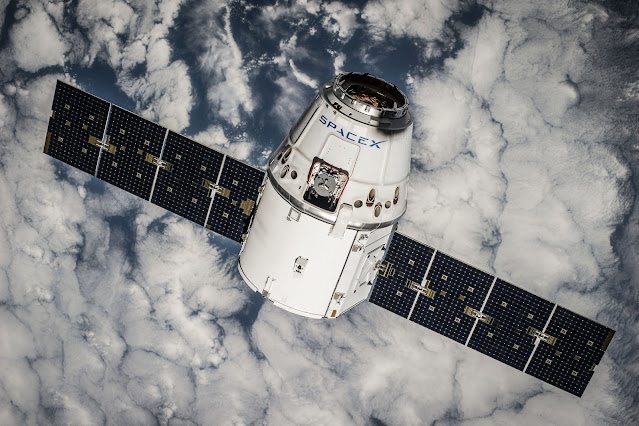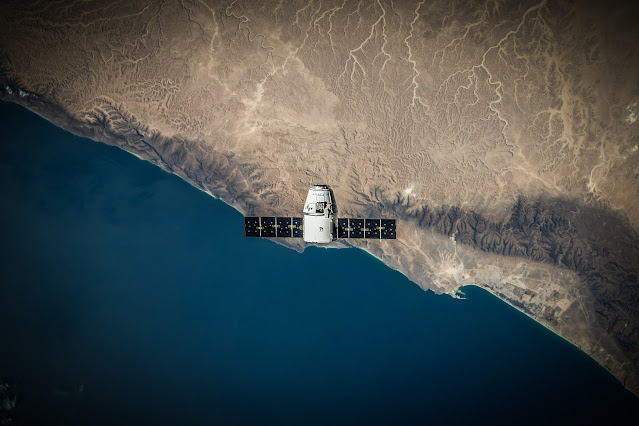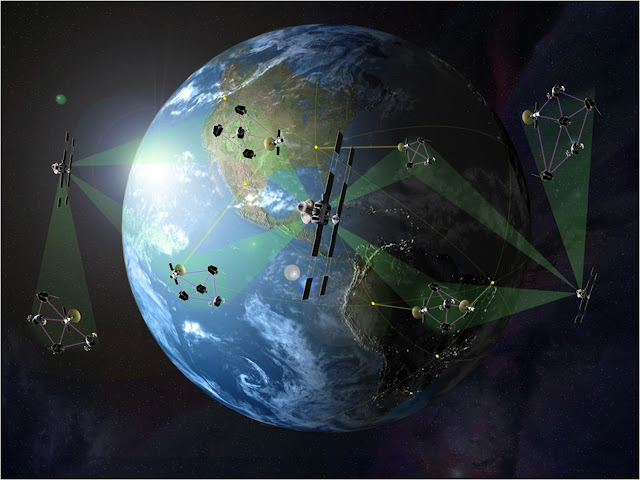Japanese Self-Defense Forces Trial SpaceX's Starlink Satellite Constellation for Enhanced Communication
Starting from 2024, there are plans to fully utilize
the high-speed communication service offered by SpaceX. Additionally, the SDF
is in the process of making arrangements to utilize military satellites from
the United States and other nations.
The Starlink satellite constellation consists of
numerous small satellites positioned in low orbit, approximately 342 miles above
Earth. Notably, Ukraine's forces turned to Starlink for internet access
following disruptions in communication during Russia's invasion of Ukraine.
This access enabled Ukraine to launch counteroffensives against Russia.
Presently, the Defense Ministry owns two X-band
communication satellites positioned in geostationary orbit at an altitude of
about 22370 miles above Earth. These satellites are used by SDF units. However,
the agreement with Starlink marks the first instance of the SDF employing a
privately-owned satellite constellation in low orbit.
Moreover, an agreement with another company that
offers similar services will be finalized within the current fiscal year.
The trial usage of SpaceX's Starlink satellite
constellation by the Japanese Self-Defense Forces is part of their efforts to
enhance communication capabilities in response to growing concerns over
satellite attacks. The SDF's exploration of private-sector satellite
constellations and collaborations with other nations demonstrates their
commitment to staying ahead in the ever-evolving landscape of military
technology.
As countries continue to invest in space-based assets
and potential threats loom, it becomes crucial for nations to strengthen their
communication infrastructure. What other technological advancements do you
think could play a significant role in improving military capabilities and
safeguarding national security in the future? Share your thoughts and ideas!
Related Articles:
Japan's Space Industry Boost: Funding, Technology, and Lunar Exploration
Space Burials: Commemorating Departed Loved Ones Amongst the Stars




Comments
Post a Comment